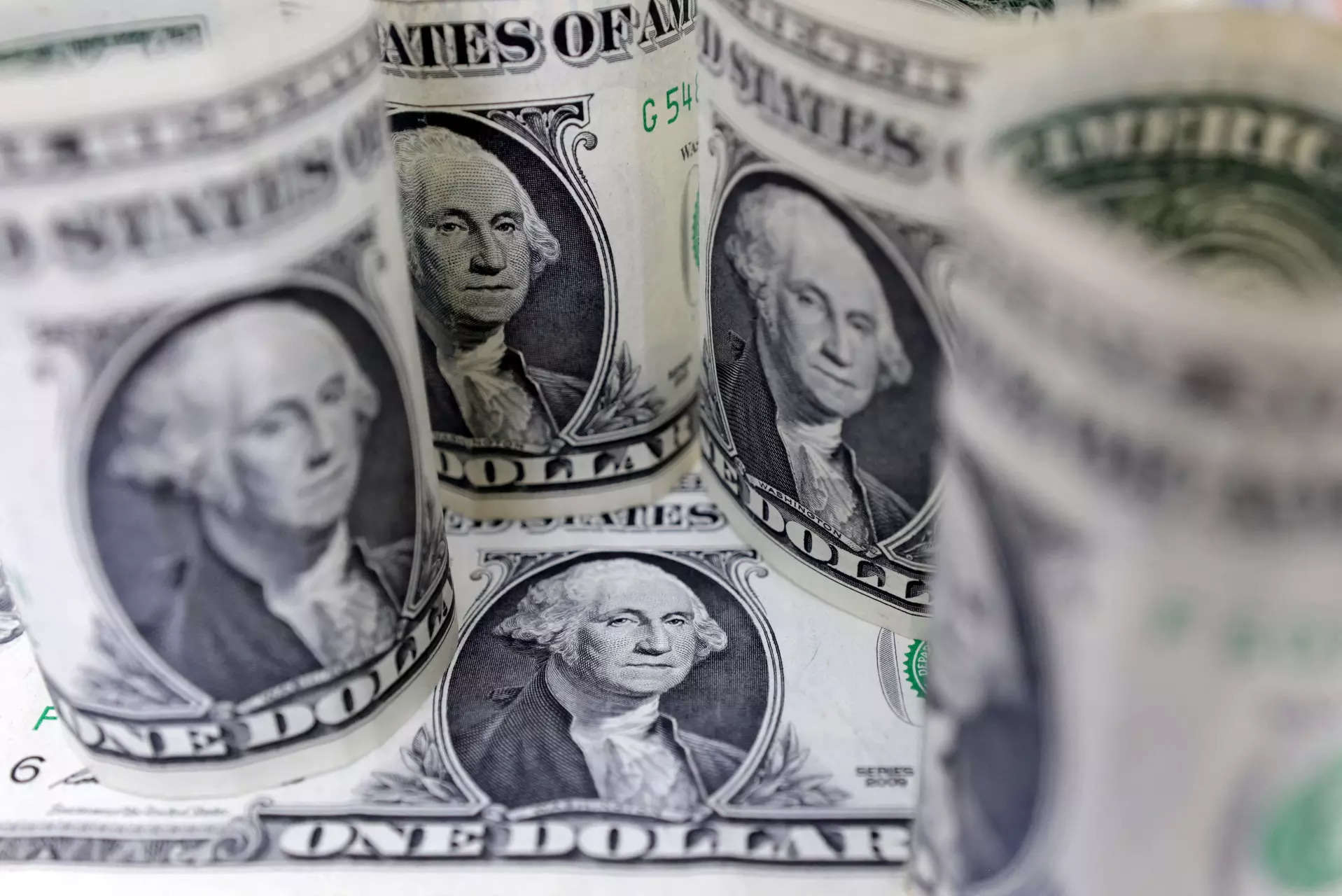
An unexpected slowdown in U.S. services growth — supporting the idea of bringing interest rates down — had knocked the dollar lower on Wednesday.
Federal Reserve officials, including U.S. central bank chief Jerome Powell, on Wednesday continued to focus on the need for more debate and data before interest rates are cut, a move financial markets expect to occur in June.
The dollar index, which measures the U.S. currency against six rivals, was down 0.25% at 103.96 after hitting 103.910, its lowest level since March 21.
Futures pricing for a Fed cut in June was broadly steady and implied markets see about a 60% probability of such a move.
The major focus for the rest of the week will be on U.S. labor data due on Friday. Economists polled by Reuters are forecasting 200,000 jobs were added in March. “Powell seems to still be targeting a June rate cut and that’s why I think that this labor report, the reaction could be amplified, particularly if we see non-farm payrolls coming in on the lower side of expectations or below expectations,” said Paresh Upadhyaya, director of fixed income and currency strategy at Amundi US. The yen was close to its 34-year low versus the greenback as the Bank of Japan’s historic policy shift to end eight years of negative interest rates failed to bolster the currency.
The rates picture, with U.S. 10-year yields at over 4% and Japan’s still close to zero, is keeping big Japanese investors’ cash abroad, where it can earn better returns, depriving the yen of support from repatriation flows.
It was almost flat at 151.62 versus the dollar, after hitting 151.975 last week.
Analysts said the yen was supported by the threat of official intervention.
“The markets expects at least a verbal intervention from the BoJ at 152,” said Athanasios Vamvakidis, head of global forex strategy at BofA.
Japanese authorities will likely intervene in the currency market if the yen breaks out of a range it has been in for years and weakens well beyond 152 per dollar, former top currency diplomat Tatsuo Yamazaki said on Thursday.
The Swiss franc dropped around 0.6% against the dollar after data showed that the Swiss consumer price index rose by a lower-than-expected 1.0% from a year ago in March.
On Thursday, the Swiss franc hit its lowest since early May 2023 against the euro at 0.9848 and on the previous day its lowest since early November 2023 versus the dollar at 0.9095.
Analysts said the further fall in Swiss inflation in March reinforced the view that the Swiss National Bank would cut rates by an additional 50 basis points this year.
The euro was up 0.33% on Thursday and back to the middle of a range it has kept for a year at $1.087.
European inflation came in softer-than-expected on Wednesday, reinforcing expectations for a European rate cut in June.
Traders gave a leg up to the Australian and New Zealand dollars in response, sending the Aussie above its 200-day moving average and to a two-week high of $0.66180.
The New Zealand dollar has regained a foothold above $0.60 and was last trading 0.52% firmer at $0.6041. Traders expect New Zealand rate cuts beginning in August but Australian rates on hold until November.
Chinese markets were closed for a holiday.
In cryptocurrencies, bitcoin was last up 2.74% at $67,526.75, while ether was last 1.87% firmer at $3,368.5.
(Reporting by Hannah Lang in New York and Stefano Rebaudo, additional reporting by Tom Westbrook; Editing by Sharon Singleton, Angus MacSwan and Emelia Sithole-Matarise)











